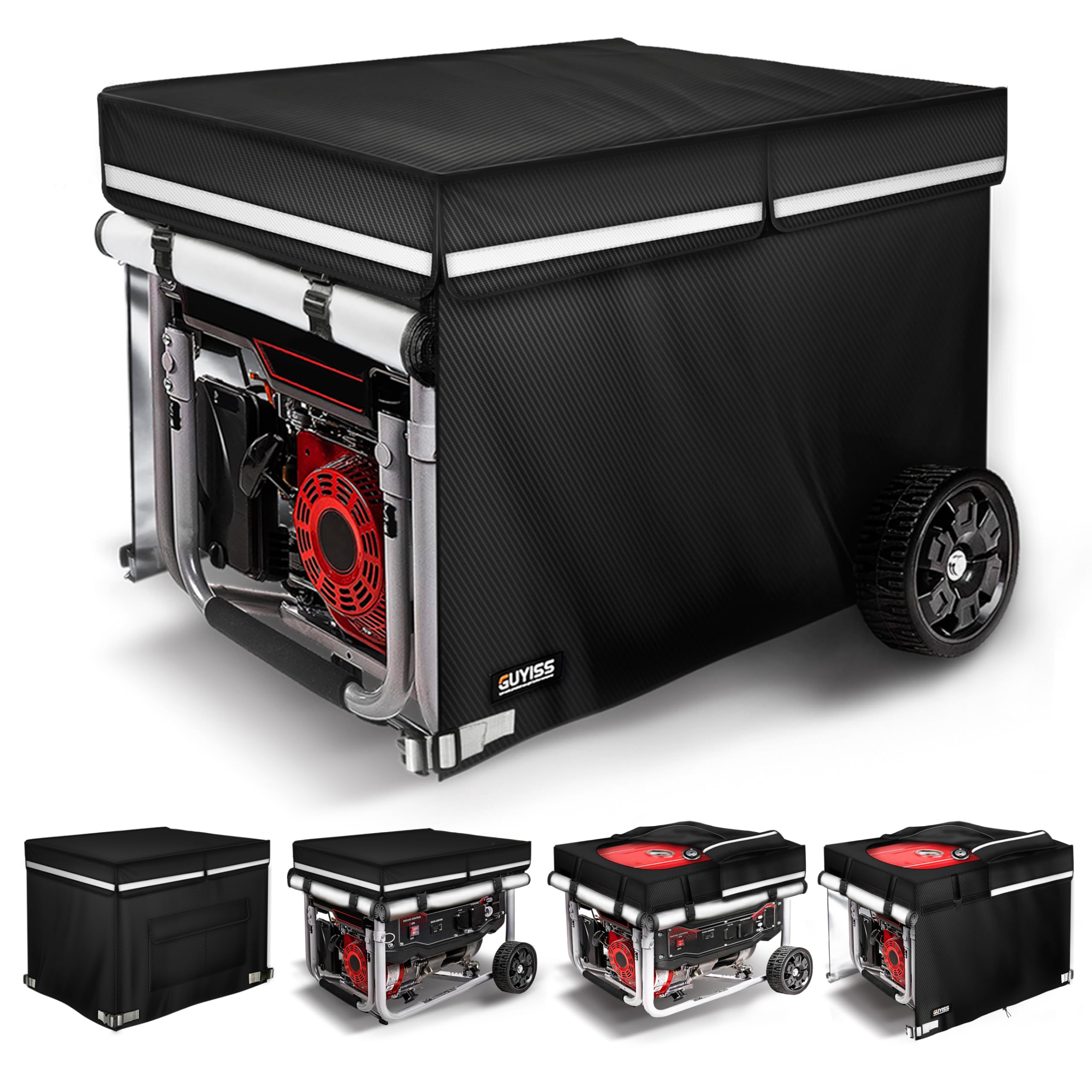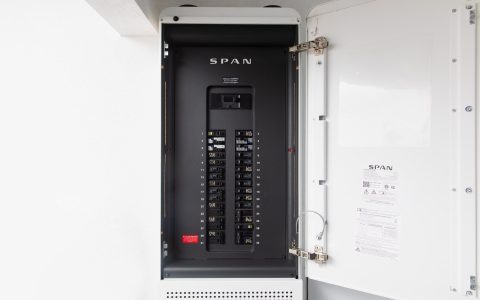A generator cover is a protective shield designed to safeguard your generator from environmental elements, debris, and potential damage, thereby extending its operational life and ensuring reliability. Choosing the right cover is crucial for maintaining your generator's performance and longevity.
Types of Generator Covers
Understanding the different types of covers available will help you select one that best suits your needs:
- Storage Covers: These are designed for use when the generator is not operational. They protect against dust, dirt, moisture, and UV rays during storage, whether indoors or outdoors. They are typically made from waterproof or water-resistant materials like polyester or vinyl.
- Running Covers (Operating Covers/Generator Tents): Engineered to protect the generator while it's in use, especially during inclement weather such as rain or snow. These covers feature robust frames and ensure proper ventilation to prevent overheating and allow exhaust fumes to escape safely. They must allow unobstructed airflow to the intake and exhaust areas.
- Heavy-Duty/All-Weather Covers: These provide maximum protection against extreme weather conditions, including heavy rain, snow, high winds, and intense sunlight. They are made from highly durable, tear-resistant, and often UV-treated fabrics.
- Universal Fit vs. Custom Fit Covers: Universal covers are designed to fit a range of generator sizes, while custom-fit covers are tailored to specific models, offering a more snug and secure protection.
Key Considerations When Selecting a Generator Cover
To choose the most effective cover, consider the following factors:

- Material Quality and Durability: Look for high-denier polyester, vinyl, or canvas. Materials should be waterproof (not just water-resistant if outdoor protection is key), UV-resistant to prevent degradation from sunlight, and tear-resistant. Seam quality is also important; look for double-stitched or heat-sealed seams.
- Proper Sizing and Fit: The cover should fit snugly but not be too tight, allowing for easy installation and removal. Measure your generator's length, width, and height, and compare these dimensions to the cover's specifications. Ensure there's enough room for handles or wheels if applicable.
- Ventilation (for Running Covers): Absolutely critical for safety and performance. Running covers must have adequate openings for air intake, exhaust, and cooling, preventing carbon monoxide buildup and overheating. Ensure the design directs exhaust away from occupied areas.
- Accessibility: Consider covers with strategically placed flaps or zippered openings that allow access to the control panel, fuel tank, outlets, and carrying handles without needing to remove the entire cover.
- Securing Mechanisms: Features like elastic hems, drawstrings, buckles, Velcro straps, or tie-down loops are important to keep the cover securely in place, especially in windy conditions.
- Ease of Cleaning and Storage: A cover that is easy to clean and folds compactly for storage when not in use is practical.
Benefits of Using a Generator Cover
- Protection from Elements: Shields against rain, snow, ice, sun (UV radiation), dust, dirt, and debris, preventing corrosion, rust, and damage to sensitive electrical components.
- Extended Lifespan: By minimizing exposure to harsh conditions and contaminants, a cover helps prolong the generator's operational life.
- Maintained Performance: Keeps the engine and components clean, ensuring optimal performance and reliable startups.
- Reduced Maintenance: Less cleaning and fewer weather-related repairs are needed.
- Enhanced Safety: Running covers allow for safer operation during adverse weather, protecting the unit and potentially the operator from electrical hazards associated with moisture.
- Preservation of Appearance: Prevents fading and cosmetic damage, maintaining the generator's aesthetic value.
Maintenance Tips for Your Generator Cover
- Regular Cleaning: Clean the cover periodically as per the manufacturer's instructions, typically with mild soap and water. Avoid harsh detergents or abrasive cleaners.
- Thorough Drying: Always ensure the cover is completely dry before storing it or placing it back on the generator to prevent mold, mildew, and potential moisture transfer to the generator.
- Inspect for Damage: Regularly check for tears, punctures, or deteriorating seams. Repair minor damages promptly using appropriate patch kits or waterproof tape to maintain its protective integrity.
- Proper Storage: When not in use, fold the cover neatly and store it in a clean, dry place away from direct sunlight and extreme temperatures.








